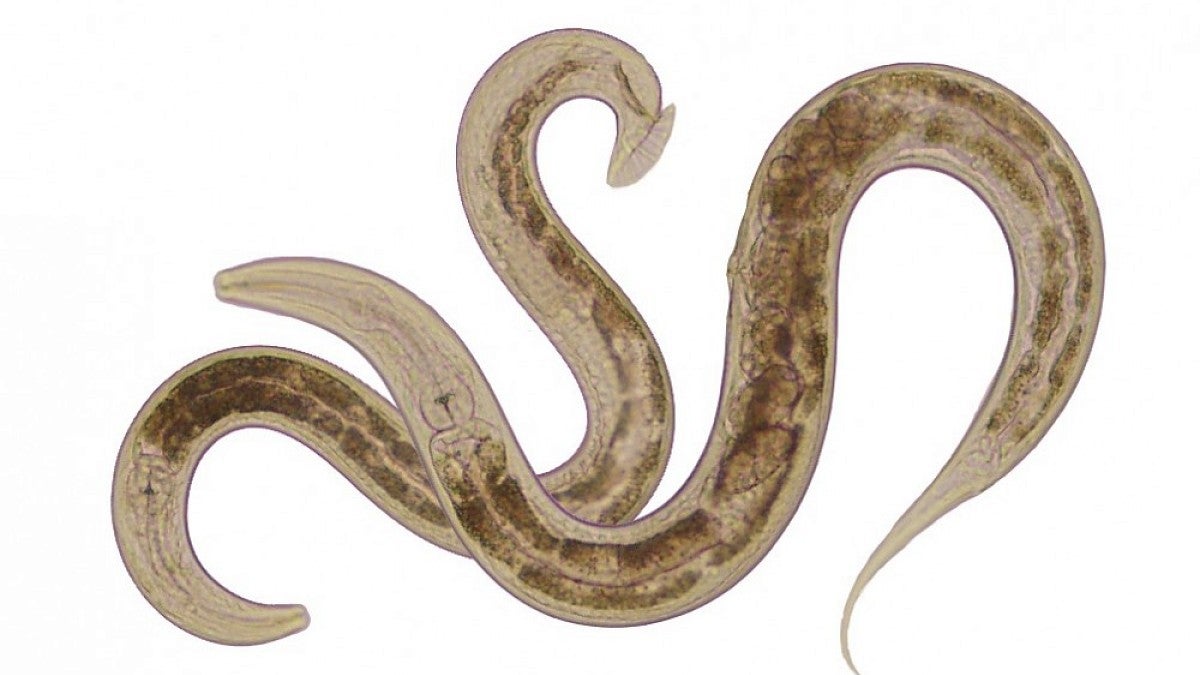Scientific ideas often take time to grow. For UO biologist Patrick Phillips, an observation of a graduate student more than 10 years ago planted a seed of curiosity.
Why were female roundworms — nematodes known scientifically as Caenorhabditis remanei — dying more quickly after mating with males originally collected from New York than those that mated to males from other places?
Former master's degree student Colin Peden, who studied at the UO from 2001 to 2004, raised that question with Phillips. Peden has since moved on, initially as a doctoral student at the University of Texas at Austin. He's now a musician in San Francisco.
Phillips pondered the mystery and began a series of experiments while seeking outside help. His efforts were delayed briefly while he served as the UO's associate vice president for research. Finally, he turned to Michael Palopoli, an evolutionary biologist at Bowdoin College in Brunswick, Maine. Their two labs went to work.
This month, in a study placed online by BioMed Central's open-access journal BMC Evolutionary Biology, the researchers provided some answers related to sexual competition, sperm size and the behavior of C. remanei males.
“Despite their small size, nematode sperm is actually much larger than human sperm, and it is thought that the sperm from different males literally battle it out inside the female for access to her eggs,” said Phillips, who is a researcher in the UO's Institute of Ecology and Evolution. “So a reasonable evolutionary explanation would be that these males make bad mates but highly successful fathers.”
To read more on the findings and how that hypothesis was approached, read the full news release: In battle of the sexes, a single night with a New York male is enough to kill.
—By Jim Barlow, Public Affairs Communications


